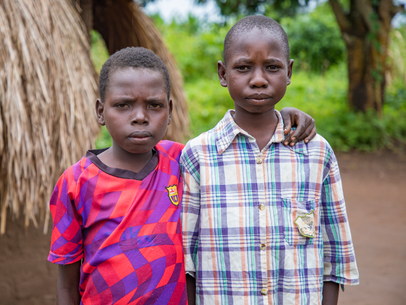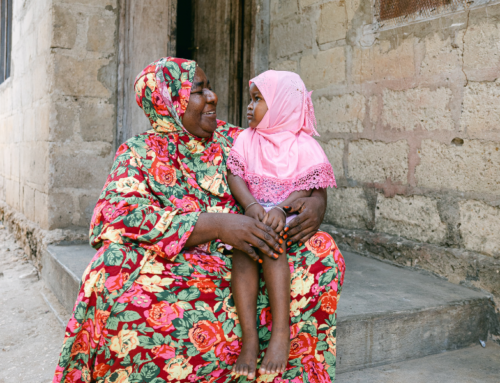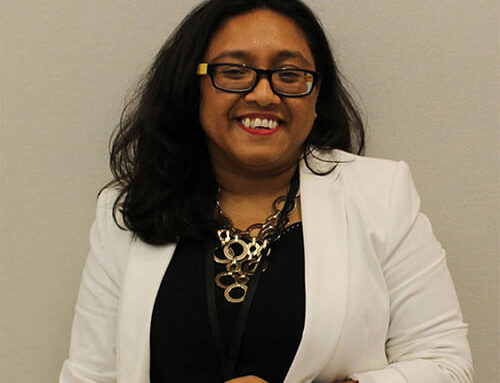January 30 is World NTDs Day. As we celebrate the progress made toward the control of NTDs, we also acknowledge and attempt to respond to the daunting challenges faced in managing and eliminating these conditions.
Meet William and Samson, who live in a village called Kazana II in South Sudan’s Western Equatoria State. The boys, both nine years old, have been friends for as long as they can remember. Their favorite games to play together are skipping and football. “Our friendship is everywhere,” says William. “At home, at church, at school.” They also have something else in common: William and Samson live with nodding syndrome, an extremely rare form of epilepsy.
Nodding syndrome (NS), which gets its name from the characteristic nodding of the head associated with it, although not officially an NTD, is a neurological condition with unknown etiology strongly associated with a neglected disease called onchocerciasis (aka “river blindness”).
| Later seated together, William looks at Samson as he speaks. His gaze lingers long after his friend is done talking, a gaze mixed with a sense of curiosity, satisfaction, and admiration. These two boys have not been to school for a while, and when asked what class they are in, they can’t seem to agree on what grade they are or should be in. “We are in P1,” Samson says, “No, we are in P2,” William says. It’s a gentle exchange based on respect and towed on a bond between these friends whose lives have been disrupted. The two boys have not been in school in months, and their little disagreement about what class they should be in is a certain reminder of how their lives have been impacted.
Their village has been devastated by the mysterious disease that has affected almost every family. Although it is a neurological disease, its social impact is profound. Some homes have up to four children with nodding disease or with a form of epilepsy. In the village, the disease affects families, how it copes with sick children, and how it manages stigma. William lost his mother when he was a baby and now lives with his aging grandmother, Monica. Samson, on the other hand, lost two of his siblings, and his other brother also has nodding syndrome.
|





